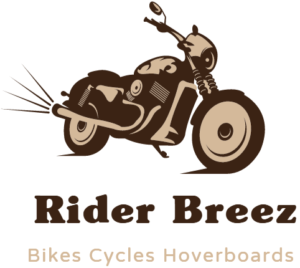There are many different types of dirt bikes. The best type of dirt bike depends on your riding style and noise level. Check safety features and learn about common injuries when riding a dirt bike. For more information, see our article on the importance of safety when riding a dirt bike. You will also find tips on how to avoid injuries when riding a dirt bike.
How to Choose a Dirt Bike
If your child is new to dirt bikes, you may want to start with a smaller model. You can buy him a dirt bike with an automatic clutch or three-speed transmission to teach him the basics. Also, for beginners, the engine capacity should be 250 cc or less. Once they become familiar with the clutch system and gain experience, they can upgrade to a larger bike. Children’s dirt bikes can be selected based on height, weight, and level of experience.
The child’s crotch is also an important factor in choosing a dirt bike for children. The crotch length is determined by whether the child can put both feet on the floor. The first ride should allow the child to touch the ground with both sides of the saddle.
Types of Dirt Bikes
There are many different types of dirt bikes, each with its own specialties. Motocross bikes have larger engines and improved frames, while track bikes are smaller but have similar performance. They often have more powerful engines and larger tanks. Both types of bikes are suitable for a variety of terrains, including singletrack.
Motocross bikes are built for speed, power, and maneuverability. They are very good machines, although they do require maintenance. Their power-to-weight ratio is comparable to that of Formula 1 racing cars.
Safety Precautions
Dirt bike riding is fun and exciting, but it can also be extremely dangerous. Every year, thousands of people are injured and hundreds die in dirt bike accidents. Fortunately, there are many safety precautions you can take to stay safe on a dirt bike. By following these pointers, you can enjoy a safe ride and the thrill of riding.
The most important dirt bike safety measure is to wear a helmet. Heavy helmets may cost a little more, but modern technology has reduced the cost of lightweight helmets. However, heavy helmets can cause whiplash and other injuries due to the increased force received in a collision. You should also wear sturdy dirt bike boots to protect your feet; even a 250-pound dirt bike can crush your feet, so it is important to wear proper footwear and safety gear.
Common Injuries
One of the most common injuries while riding a dirt bike is a head injury. They can range from mild concussions to severe brain injuries with long-term consequences. Common symptoms include ringing in the ears, loss of sensation in various parts of the body, loss of muscle movement, and loss of any of the five senses.
Another common result of riding a dirt bike is a fracture of the collarbone. When a motorcyclist falls, he or she often stops the fall with an outstretched arm, but this puts a great deal of stress on the collarbone. In addition, the impact of a high-speed fall can cause even more damage.
Dirt Bike Insurance
If you ride a dirt bike, you must have insurance to protect yourself and your property. Insurance will pay for repairs and medical expenses in the event of an accident. It also covers the cost of damaged or broken equipment. There are several types of dirt bike insurance. You can also opt for a comprehensive cover that covers damage from almost any risk.
Geico motorcycle insurance is a good option. It will cover the cost of repairs and replacement of accessories in case of damage caused by an accident. It also covers damage to other vehicles and property caused by third parties. You can also obtain legal defense through this cover.
